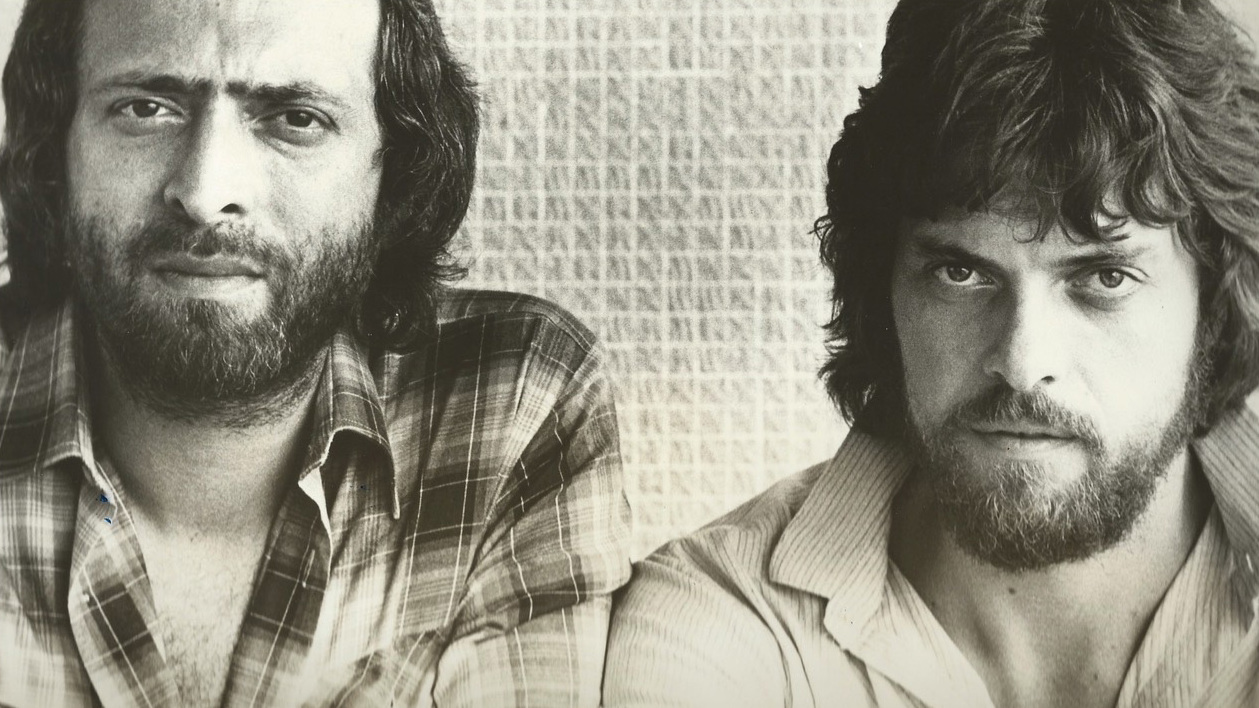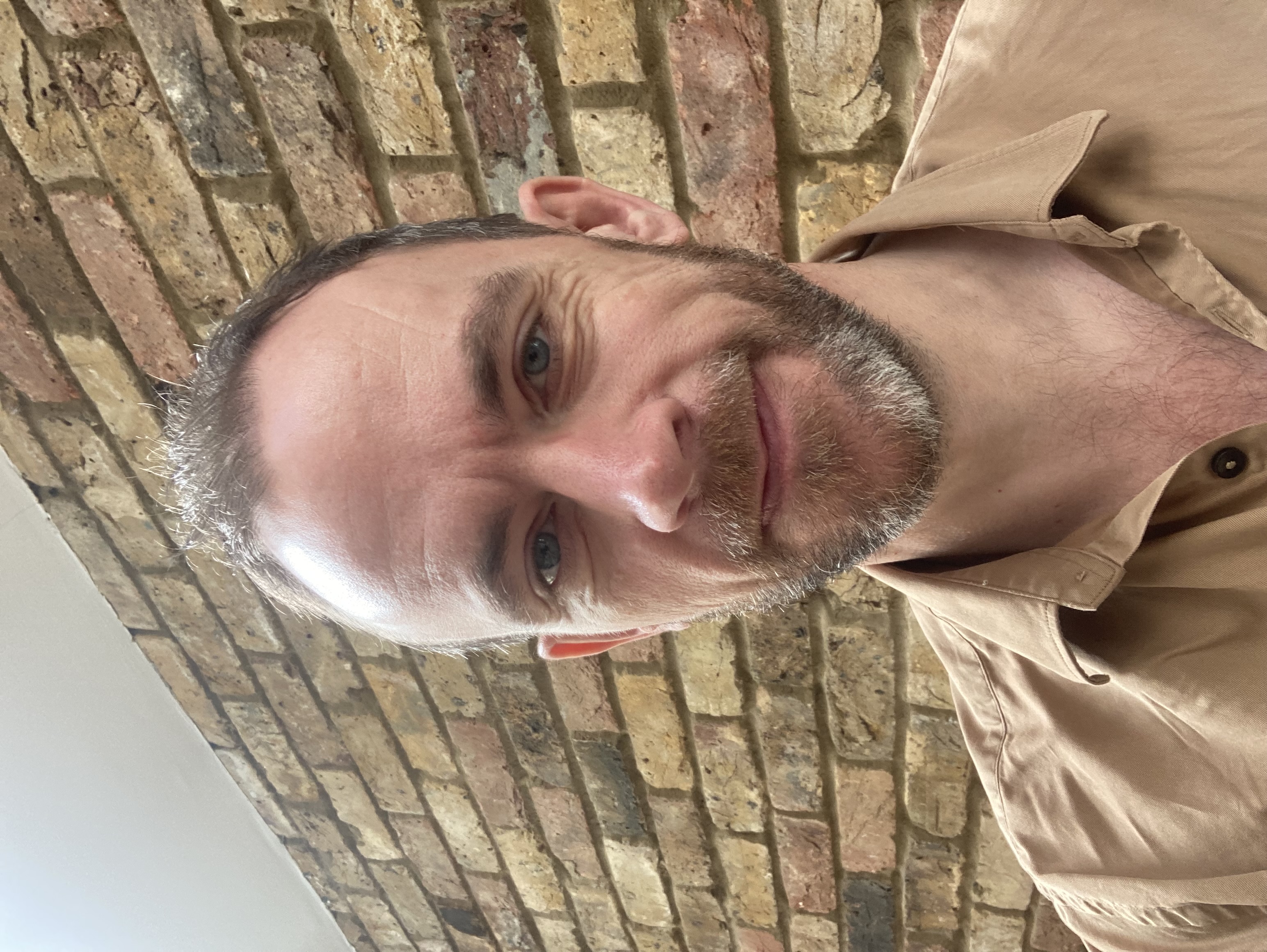Play the dramatic opening bars of The Alan Parsons Project’s 1982 album Eye In The Sky to anyone, anywhere in the world, and you’re likely to see a flicker of recognition. They might not be able to name the track they’re listening to, but they’ll feel they know it.
If you repeat that experiment in the US, the likelihood of familiarity is even greater. Many will mention something to do with basketball, due to the use of the piece Sirius as the walk-on music for the Chicago Bulls in the NBA ever since their all-conquering 1990s prime. Some might mention one of the umpteen hip hop tracks it was sampled on, or the work conference where they heard it introducing the keynote speaker.
But ask anyone to name the artist who co-wrote and gave his name to it and they might well struggle. Then ask them to pick Alan Parsons out of a police line-up, and the odds are multiplied further.
Even in America, where The Alan Parsons Project have sold tens of millions of albums and had several Billboard chart hits, much the same is true.
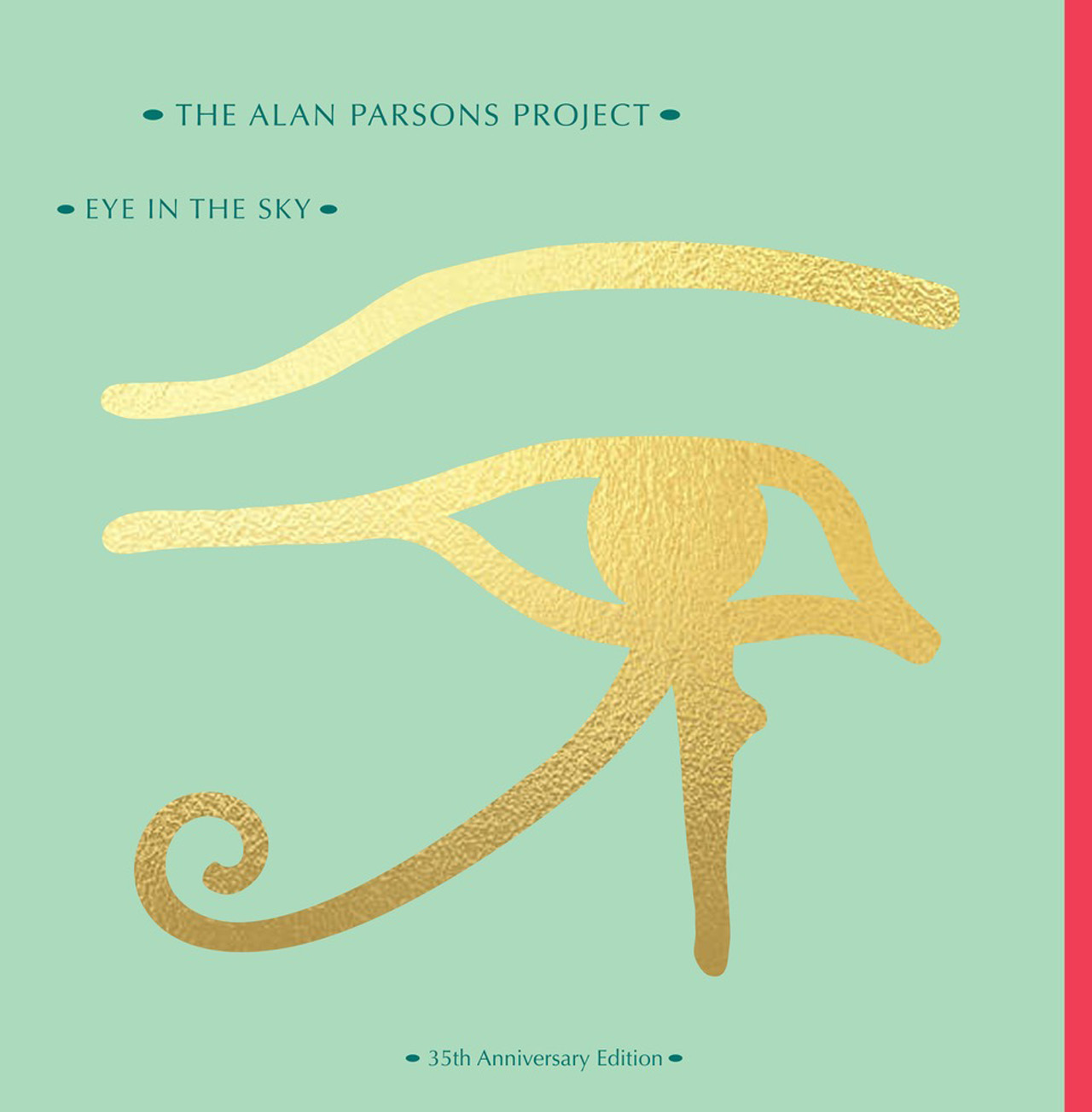
“There’s an old story about me going into Tower Records on Sunset Strip in LA,” Parsons tells Prog. “I bought several copies of my own albums to the counter because I didn’t have any to give away to friends and so on. I slapped down a credit card, which clearly had the words ‘Alan Parsons’ on it, and the cashier said, ‘Have you got ID?’
“So I’ve never been someone that gets recognised, which I think is probably
a blessing, really.”
As we talk over a phone line from the Netherlands, Parsons and his current band are preparing for a solo show in Nijmegen, as part of a handful of shows playing APP’s 1977 album I, Robot, in full to celebrate its 40th birthday. But we’re here to talk about Eye In The Sky, which has just been reissued to celebrate 35 years of existence.
“I find it faintly ironic that I’m promoting one 35-year-old box set over the phone and promoting another 40-year-old album on stage,” he says. But there’s a reason why Eye In The Sky rather than I, Robot has been reissued as a sumptuous box set. And that’s the recent discovery of a veritable treasure trove of old tapes and demos belonging to Parsons’ long-time APP lieutenant, musical partner and songwriter-in-chief, Eric Woolfson, who passed away in 2009.
“Back in 2014 we found hundreds of hours of ideas and demos my dad had recorded, much of it just recorded on a little Sony Walkman,” says Eric’s daughter Sally Woolfson. “He’d write and record his ideas on cassette, then return to it later.”
If anyone is doing more than Parsons himself to maintain the global profile of the Alan Parsons Project, it’s Sally who, since the early 2000s, has used her background in product management to tirelessly promote the band’s back catalogue.
“I spent hours auditioning the material,” she says of the new archive, “whittling it down to a CD’s worth.”
Then came the difficult bit – the baking.
No, really. To resurrect ancient old tapes, whether reel-to-reel or cassette, special ovens are used to dry up the sticky residue that develops on old tapes over years of storage.
“It brings them back to life, often for one last time,” Sally explains. “You extract the music and that can be the end of it.”
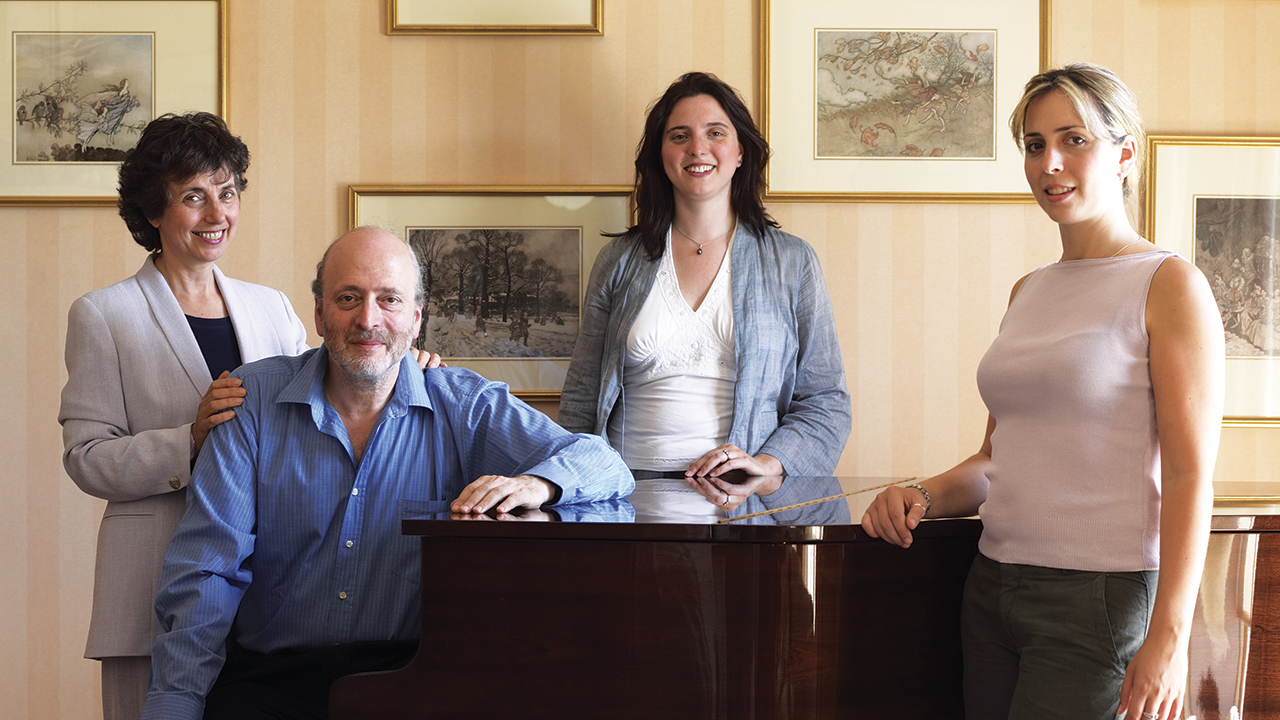
The fruit of the “40 or 50” tapes can be heard on the third CD of the new Eye In The Sky box set, one of four discs nestled amid a sumptuous package that includes a coffee table hardback book delving into the making of the record (and Parsons’ 5.1 surround sound remastered Blu-ray and HD version of the album) in detail, gatefold double vinyl version, 7-inch promo single, postcard and poster.
They show songs such as the title track in various states of development, and in many places it offers glimpses of what might have been: Children Of The Moon is stripped back to its initial chords on a 12-string guitar rather than the synth-led version that made it onto the final cut, then a demo reading features
a different guitar solo. Elsewhere, highlights include an alternative orchestral decoration of Psychobabble, and Chris Rainbow’s “one-man Beach Boys” layered harmonies on the album’s show-stopping final ballad Old And Wise.
Perhaps surprisingly, many of the final chord flourishes are already present, even if essential furniture such as vocal melodies, lyrics and arrangements are absent.
“That’s the way Dad often wrote,” says Sally. “Sometimes he would just sit for hours on the sofa in silence and you’d wonder what he was up to – in fact he was writing a song. He would literally write it in his head and then finally, sit down at the piano and play the whole thing.”
The discovery of the tapes wasn’t a huge surprise to Eric Woolfson’s former bandmate, however.
“I knew it was his MO,” says Parsons. “He would develop songs just sitting at the piano and by the time he’d play them to me he’d gone through several stages of that process.”
All the same, you can’t really argue that any of those roads not taken during the creative process would have made for a better album. Eye In The Sky is one of those records that it seems impossible to improve on. Or so you’d imagine until you’ve sat down to listen to the new 5.1 surround sound mix that Parsons himself has produced from the original master tapes.
The new overhaul gives the sonic vision a new grandeur that begs you to turn out the lights and immerse yourself.
“Quadraphonic had existed 10 years before (EITS),” says Parsons, “but it died a rather miserable death so I didn’t really revisit surround until the late 80s, when 5.1 became
a new format. But it was always there at the back of my mind – wouldn’t this sound good in quadraphonic or surround – and it was a real treat to get the tapes out again and reformat them. Really good fun.”
It’s never sounded more like a record built for arenas, and as the opening bars of Sirius swirl around you, you’re already imagining a son et lumière scene in a giant arena, which of course, many sporting promoters long ago noticed themselves.
“It has never ceased to amaze me how much use that one tune gets,” says Parsons. “We get requests for commercials, movies, and it’s become a sports anthem. It’s just incredible.”
Not all uses are legitimate. For instance, during the campaign for the Republican presidency nomination, Donald Trump used the track as his intro theme, without even asking permission. A stern letter was fired off.
“It was the fact he didn’t even ask,” Parsons admits. “If they’d made a request I might have thought, well, it’s exposure and people will talk about it. But Sally is, to say the least, not a Trump supporter, and she put a stop to it.”
But if such tracks are so well-suited to big arenas, does their producer regret that APP never took the logical step of playing them live in such settings?
“Hugely, yes,” he says without hesitation. “If Eric had recognised that I could have made a contribution as a member of the band then it could have worked. I think it was just assumed that I was the guy behind the glass, so by definition, I didn’t venture out to perform live, and that’s what we always said – we were a studio recording outfit. There were other limitations as well, such as the difficulty of taking an orchestra out with us to recreate a lot of the music – I think only The Moody Blues had attempted that before that point. But I think if we had taken the plunge,
we could have been as big as anybody – a stadium act.”
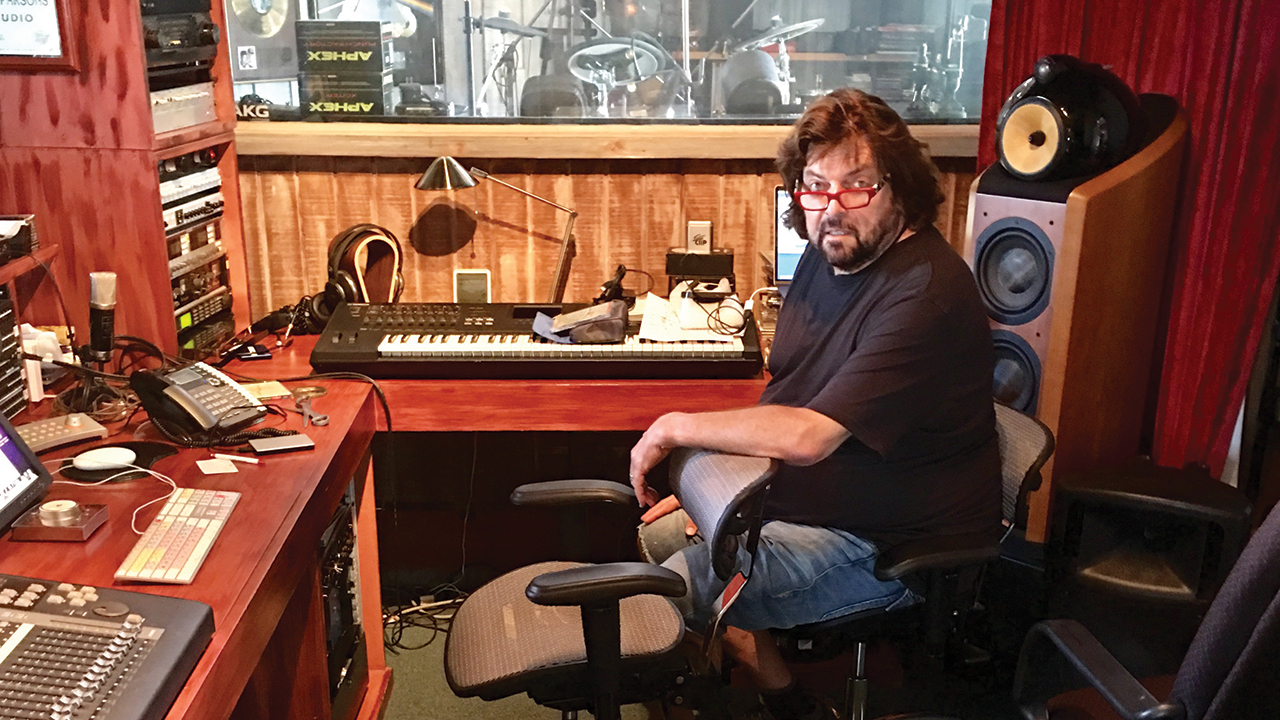
Even if APP weren’t as big in the UK than they were across the Atlantic, though, they weren’t just influential over there. One fan is Steven Wilson, who hired Alan Parsons to engineer his 2013 solo set The Raven That Refused To Sing.
“That was fun,” says Parsons brightly. “Shame it was only a one-off, it seems. He gets a lot of the surround sound production work that I’d like to do, but I can’t really begrudge him that. I think Steven epitomises where prog is right now, and he’s taking it forward – so it’s no wonder he’s in demand.”
The 69-year-old has never been one to rely on his vintage sound, as he showed when he invited guests ranging from electronica duo The Crystal Method to John Cleese for his last solo outing, 2004’s EDM-influenced A Valid Path. But his next solo album, which he’s started working on in his new Santa Barbara home studio, promises to be “more prog – more in the style of APP”.
Meanwhile, any reservations about live performance long forgotten, the Alan Parsons Live Project (est. 1999) still tour regularly, and as we speak he has just performed again at a 5,000-seater arena in Israel, no doubt to the chagrin of one man he once famously shared a studio with. Roger Waters tried in vain to get Alan to join the artists’ boycott of gigs in Israel via a public Facebook appeal, and despite Parsons responding, “music knows no borders, and neither do I”, Waters begged the erstwhile Floyd engineer to reconsider. Has there been any communication since?
“No, we haven’t spoken. And he didn’t come forward to slap me on the wrist this time,” he says. In fact, he adds, “I’ve actually been actively supporting Israeli organisations that oppose the boycott.”
And when will he play in the UK again?
“I’d love to, it’s just a case of finding a promoter ready to take the risk. We played Shepherds Bush a couple of years ago and it went well but believe it or not it didn’t sell out. So I’m still waiting for the phone to ring.”
Don’t they know who he is? Maybe someone should play them that tune they
play at the basketball…
This article originally appeared in issue 84 of Prog Magazine.
